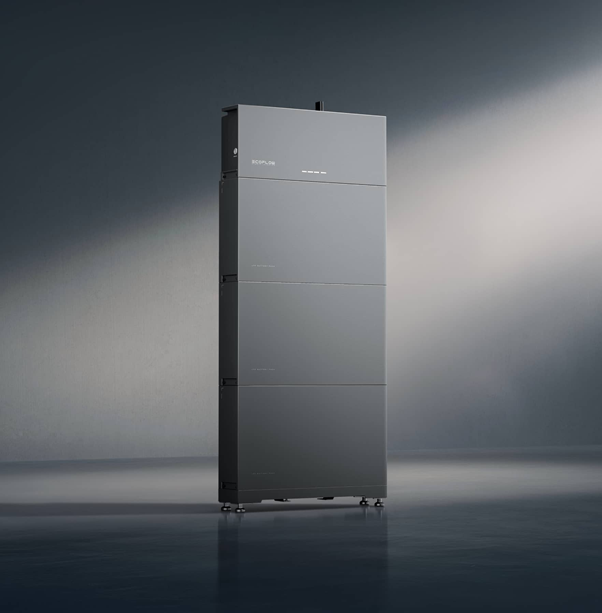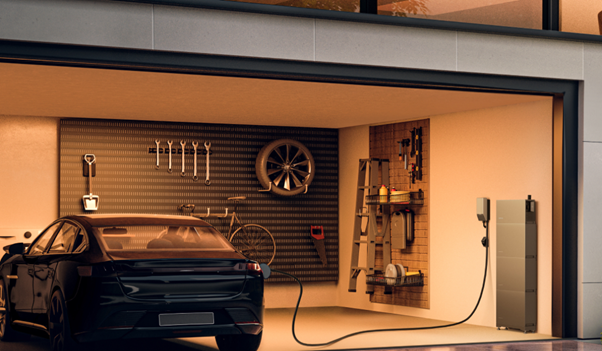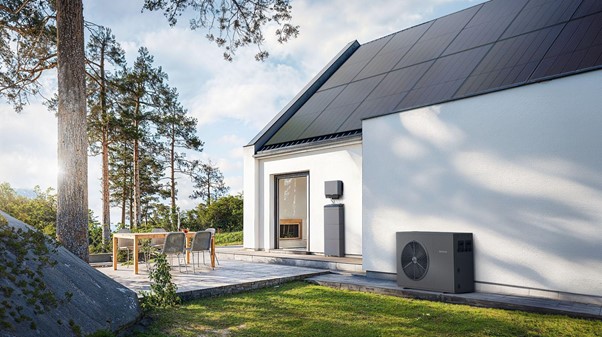Will Three-Phase Electricity Come to the UK?
Three-phase electricity is heralded for its high power capacity. As UK homes and businesses continue to increase their energy consumption, so does the demand for more accessible three-phase power.
Is three-phase electricity already available in the UK? Can residents access it? What are the benefits of upgrading from single-phase power?
Below, we answer all these questions and more.
What Is Three-Phase Electricity?
Three-phase electricity is AC power that uses three wires to generate three separate currents. It was developed in the 1880s while researching electric motor development. Contributors included Galileo Ferraris, Nikola Tesla, and Mikhail Dolivo-Dobrovolsky, to name a few.
Today, this electricity is the most common type used by electrical grids worldwide and is typically used in industrial or commercial buildings.
Each phase supplies up to 100amps of electricity, delivering significantly more power than single-wire electricity with greater efficiency. This type of power is created by a spinning magnet that moves past three copper wires, each 120º apart. The voltage between any two of these is three times higher than that of a single one.
With this supply, the output is constant and never drops to zero. It also converts about 97% of electrical energy into mechanical energy, making it highly efficient and ideal for heavy-duty equipment.
However, the disadvantage of three-line electricity is that it’s not available in all locations, and UK residents may find it difficult to upgrade their homes. If possible, it also comes with a hefty initial purchase price and requires an installer with specific expertise in this field to avoid issues.

Three-Phase vs. Single-Phase: What’s the Difference?
Single-phase and three-phase electricity are two power sources that deliver different power outputs. Most residential homes have a single-circuit supply as the standard, while commercial and industrial buildings are more likely to be connected to the grid via a three-line supply. If your home requires more than one metre to manage high consumption for things like EV chargers, you’ll likely need a higher supply.
Single-phase circuits consist of two connected wires: one phase wire (the live power wire) and one neutral wire, with power flowing between them. Three-circuit circuits have just one additional wire but can transmit three times as much power. This means these supplies are more efficient and use less conductive material to transmit the same or more power.
The primary difference is that three-circuit power supplies can support higher energy loads. In a single-phase power supply system, you may reach a voltage as high as 230V, but a three-phase connection can get you closer to 415V.
Further differences also exist. Three-phase offers a much more consistent power delivery, avoiding the voltage dips and peaks to which single-line supplies may be vulnerable. Because a single-line connection only has one wire, power will be interrupted if anything happens to the network. In a three-phase supply, they can work independently, avoiding power interruptions even if something happens to a single line, as the other two won’t be impacted.
They also differ in terms of setup. Standard single-line power supplies require one fuse, one metre, and two wires to provide AC power. Three-line supplies are much more complex, requiring three fuses, one large metre or multiple metres, and three wires to supply the current.
Three-phase electricity also requires significant set-up costs, while single-circuit power is often standard with most residential buildings. This cost is much lower for new homes, but to upgrade from existing electrical infrastructure, you may pay anywhere from £2.000 – £4,000 for the conversion, but it may get as high as £8,000 for some setups.
Factors impacting the total cost include the location of your cables connecting your home to the grid and how far the nearest three-phase supply is from your home. Cables that run under public paths or busy roads can dramatically raise the cost, as you’ll need permission from your local authority.
If you only have single-circuit electricity available, you can still make the most of it. With a solar home storage system like the EcoFlow PowerOcean (Single-Phase), you can capture surplus solar energy and use it when the sun isn’t shining.

Does the UK Have 3-Phase Power?
Yes, it exists in the UK, but it is primarily reserved for commercial and industrial buildings, while most residential homes and buildings are connected to single-phase metres.
How Can I Get 3-Phase Power at My House in the UK?
The first step to switching to this electricity is finding your Distribution Network Operator (DNO) and contacting them to request permission and see if it’s available for your property. Three-phase power may be an option if your home has high electricity use. Your home may achieve this via its size or after installing large electrical appliances or systems like a heat pump, home EV charger, etc.
If it’s available and your DNO grants you permission, you must schedule an electrician to visit your home and perform the switch. The electrician will need to remove old cables and install new cabling, as well as a new fuse, three-line metre, and rewired circuits.
Those who can access three-circuit power at their UK home should consider other ways to elevate their energy usage while cutting long-term electricity costs and preserving important nonrenewable fossil fuels. Enter the EcoFlow PowerOcean (Three-Phase) Home Solar Battery Storage System. Installing a solar power system allows you to break free from reliance on the grid, and the battery backup component stores excess solar power that you can tap into during the night, on cloudy days, or when grid outages occur.
Or, if you already have an existing solar setup, add the EcoFlow PowerOcean DC Fit, which can pair with either type of solar inverter.
Frequently Asked Questions
- What Is the Voltage Tolerance for 3-Phase Electricity in the UK?The voltage tolerance for three-phase electricity in the UK is +/—6-10% of 400 V, ranging from around 360 to 440 V. This differs from the voltage for single-line electricity supplies, which is 240 V +/- 6%. This additional voltage can support much higher electricity loads.
Final Thoughts
Three-phase electricity has become a highly requested upgrade to electrical supplies for homes in the UK as household energy needs have grown over the past several years. While single-phase power is still the norm for residential buildings in the UK, more modern homes are becoming high-consumption households, creating a surge in demand for more readily available three-phase connections.
Whether your home has a single or three-phase metre, there are ways to make the most of your connection while saving money and moving toward energy independence. With the EcoFlow PowerOcean (Single-Phase) and EcoFlow PowerOcean (Three-Phase) home solar battery system, you can store surplus solar power to use when the grid experiences a blackout, at night time, and on cloudy days.




